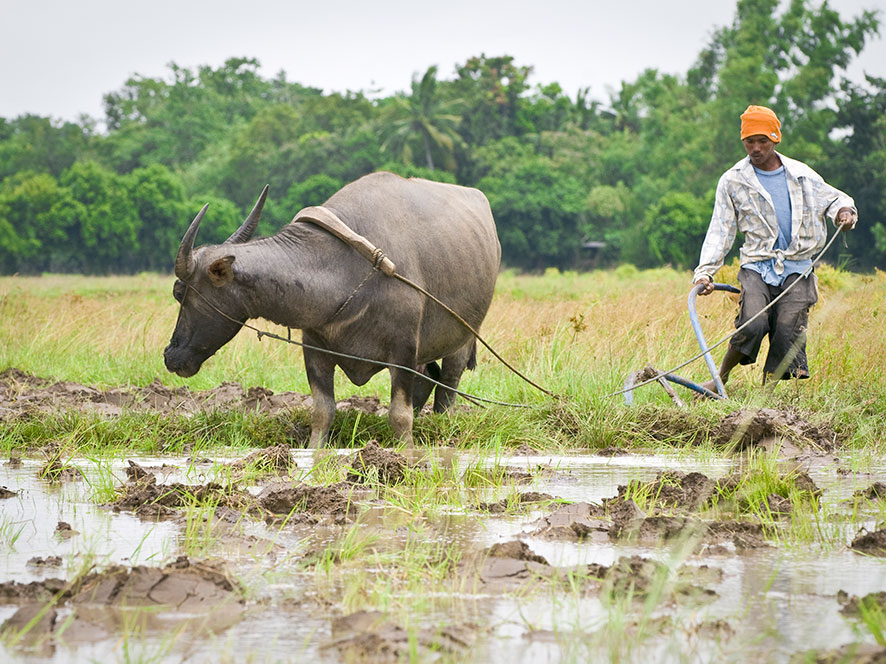The U.N.’s recently published annual update on urbanization (www.esa.un.org) rings an alert bell. It shows that 54% of the world’s population now lives in cities. It is amazing that, for the first time in history, majority of people on Earth lives in cities, with the trend toward urbanization showing no signs of slowing down. According to the report, while only 30% of the world lived in urban areas in 1950, that figure is now expected to reach 66% by 2050. Northern America is the most urbanized region, with 81% of the people currently living in cities. Africa is the least urbanized region, with 56% of the population living in cities.
The first question we may ask is: Is this good or bad? Well, it depends if we are talking about urban slums or smartly-scaled communities. The reality is that, while cities are often associated with economic progress and longer life expectancy, we all know that urbanization brings sustainable challenges such as pollution, environmental degradation and a growing alienation from nature. Moreover, unplanned urbanization often leaves people in massive slum areas without basic needs. Alarmingly, the number of people without access to services like sanitation, electricity and health care could increase to 3 billion by 2050.
Aside from the degrading conditions of many dwellers in the urban cities, there is another great cost, arguably invisible but no less real in its consequences: the rapid urbanization linked to fast moving technological growth is fostering a greater disconnection from the natural world. Kids in urban areas, and the generations to come, will grow ever more alienated from the sources of their food, water, energy and material goods. But, the reality is that the “supermarket mentality,” as practical as it may be to our consumerist mentality, can never replace our natural ecosystems – our forests, grasslands, rivers, oceans, fruit trees, animals, etc. We depend on them and they are, quite simply, the sources of life.
This realization has to lead us not just to acknowledge the irreplaceable value of nature in our decision–making and policies, but has to trigger a greater effort to preserve nature and its resources as a common treasure we should equally share. Knowing that, in a not too far future, four out of five persons may live in urban areas, it is rather urgent that we help our young generations to regain their rootedness in nature and to re-connect to the natural world. Only in this way can we educate them to use the natural resources, not only thinking of their own needs and survival but feeling the responsibility to ensure that such treasure will be there for the needs and survival of future generations.
When was the last time you walked barefoot? Or planted a flower? Or dirtied your hands, planting some vegetables? Or appreciated a peaceful stream of fresh water? Or harvested some fruits? Or visited a farm? Or spent some hours contemplating the ocean? These questions may seem petty but the fact is that alienation from the natural world has tragic consequences, not only for us as individuals but for our survival in this world enchanted with technology. Can you still be fascinated by the scent of a flower? Can you appreciate the roaring of the sea? Can the melody of a bird still fill your heart? Now is the time to re-connect.
READ
Browse past isues
DONATE
Help the mission
SHOP
Support the mission
CONTACT
Get in touch






















